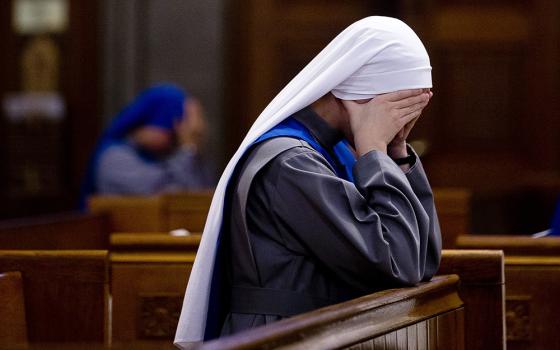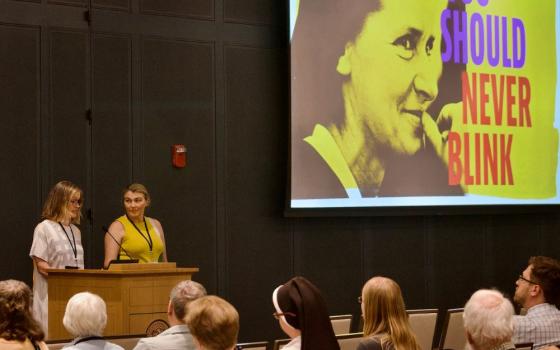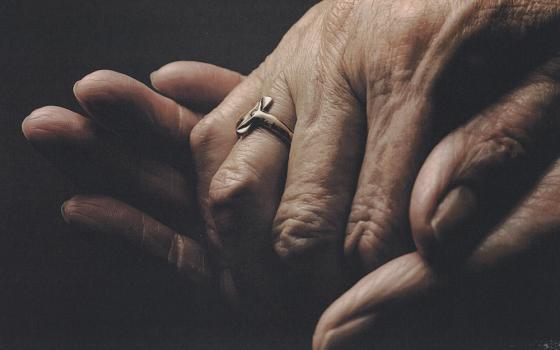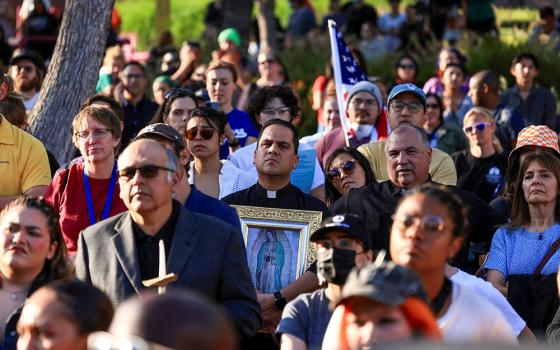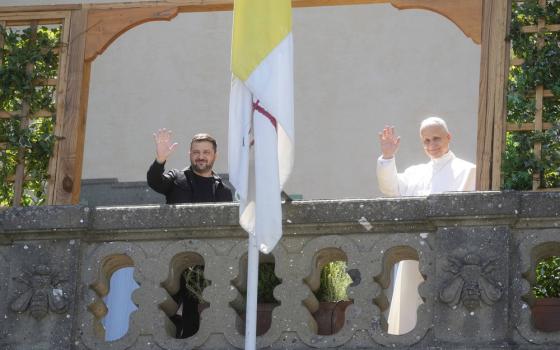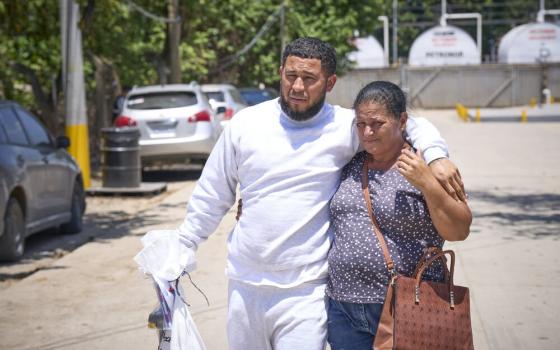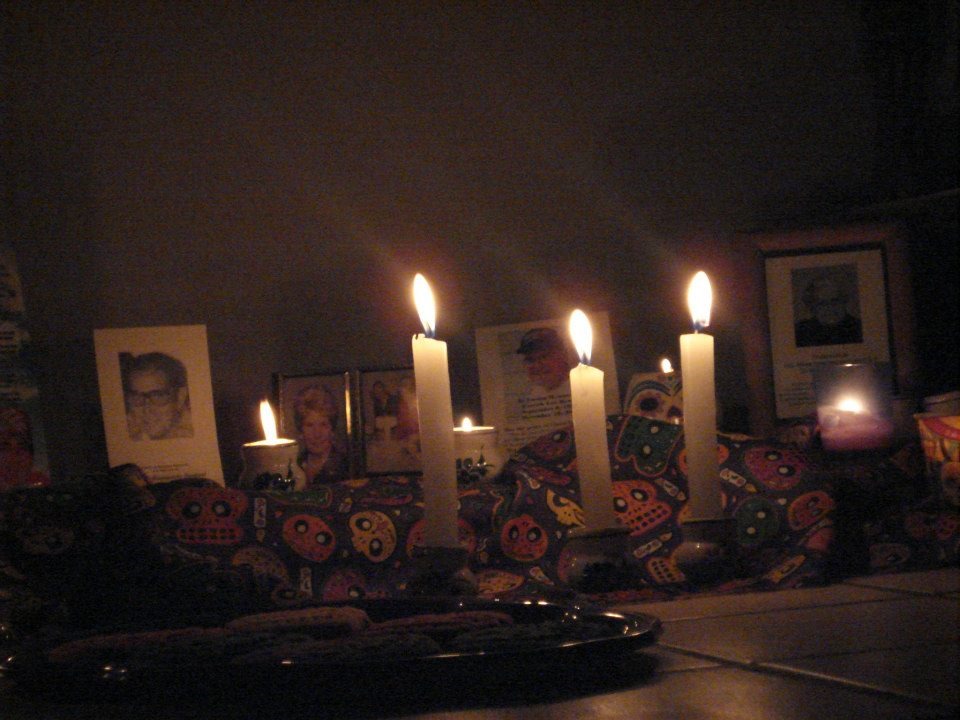
Day of the Dead altar at Benedictine Monastery Pan de Vida [Bread of Life] in Torreon, Mexico. (Mariana Olivo)
The celebration of the Day of the Dead takes place on November 1 and 2 in Mexico and is divided into two categories: according to the Catholic calendar, November 1 corresponds to All Saints, a day dedicated to the "littlest dead" or children, while November 2 celebrates the Faithful Departed, that is, adults
The Day of the Dead is a holiday deeply rooted in Mexican culture that lives in the hearts of many families. We feel it, smell it, eat it, dance it, and celebrate it, as a tribute to those people who have departed, but who continue to be present in our midst, through their memories, their music, their favorite food, their words and advice.
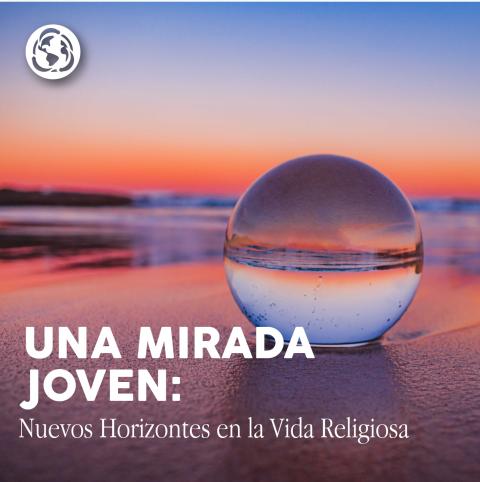
Paradoxically, the absence or emptiness left by our loved ones is transformed into a living presence we can touch and savor. Thus, the offering (altar) that is placed in every home becomes a powerful symbol of unity and life in love, a tangible reminder that the bond with our loved ones endures beyond life.
The Dia de los Muertos or Day of the Dead is a season that fills us with emotion and joy for the reunion. It gives families the opportunity to come together to commemorate the lives of our loved ones.
The origin of the Day of the Dead is a mixture between the celebration of the Catholic religious rituals of the Spanish conquest and the commemoration that the indigenous peoples had since pre-Hispanic times. The latter transferred the veneration of their dead to the Christian calendar, which coincided with the end of the agricultural cycle of corn, the country's main food crop. Today, the celebration goes beyond the religious affiliation of the people who celebrate it and becomes a spiritual act that gives identity to the Mexican people.
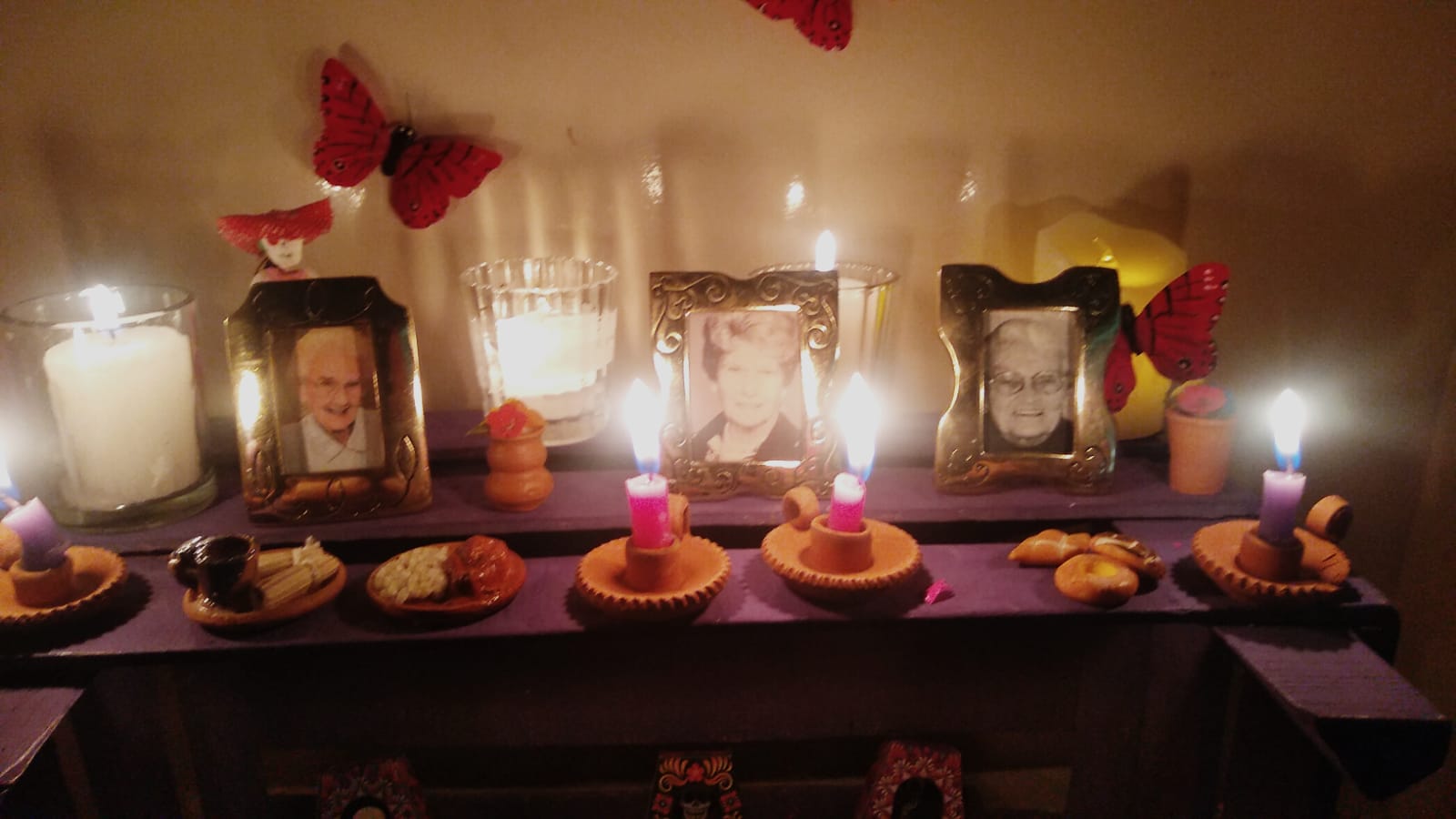
Photographs are displayed at the altar of the dead of Sisters Althea Armstrong and Mechtild Sweringer, and (middle) Helen Henry, mother of two sisters from the monastery, Sisters Paty and Michelle Henry. (Mariana Olivo)
Every year many families place offerings, also known as altars, which are decorated with cempasúchil [marigold] flowers, papel picado, sugar skulls, pan de muerto, candles and some dish some dish that used to please the family members to whom the ofrenda is dedicated. Much like in pre-Hispanic pre-Hispanic times, incense is also placed to aromatize the place.
The celebration includes decorating the graves in the cemeteries with flowers and often making altars on tombstones. This has profound significance, since in Indigenous times, it was thought that this was to lead the souls to a good path after death.
The Day Of the Dead is a season that fills us with joy and excitement for the reunion. It gives families the opportunity to come together to commemorate the lives of our loved ones.
Tradition also teaches that to facilitate the return of souls to earth, petals of marigold flowers should be scattered and candles placed tracing the path they will travel so that these souls do not get lost on their journey and reach their destination. In ancient times, this path used to extend from the house of the families to the cemetery where their loved ones were laid to rest. Monarch butterflies are a very special symbol because it is believed that souls travel on the wings of butterflies to reach their homes.
It is important to note that in 2008, the United Nations Educational, Scientific and Cultural Organization (UNESCO) inscribed this festivity as an Intangible Cultural Heritage of Humanity due to its importance and significance. It is a traditional, contemporary and living expression at the same time — integrative, representative.
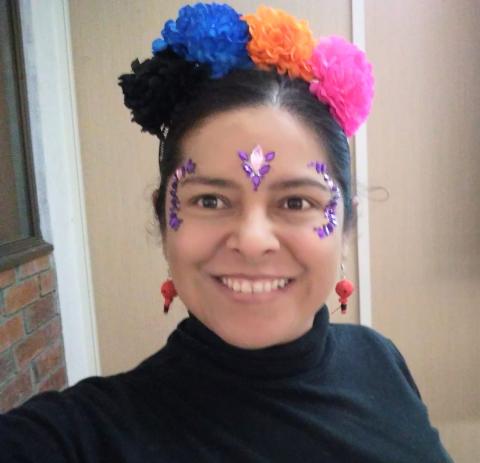
Sr. Mariana Olivo wears a Catrina outfit for the Day of the Dead. (Mariana Olivo)
In Mexico, the celebration of the Day of the Dead varies from town to town, however; throughout the country it has the same principle: to bring families together to welcome their loved ones back from the afterlife.
Some people may think that we are mocking death in this celebration, but in reality, we rejoice in the presence of those who are gone. Far from being a trivial holiday, the Day of the Dead is a ritual that acts as a bridge between death and life, a link that lasts until eternity. It allows us to build a closer relationship with death, making it a part of our daily life. In fact, it is a process to get us used to an inevitable reality, because death is, without a doubt, our eternal companion. However, we have the certainty of an eternity in which love, family and the happiness we share in life last forever.

